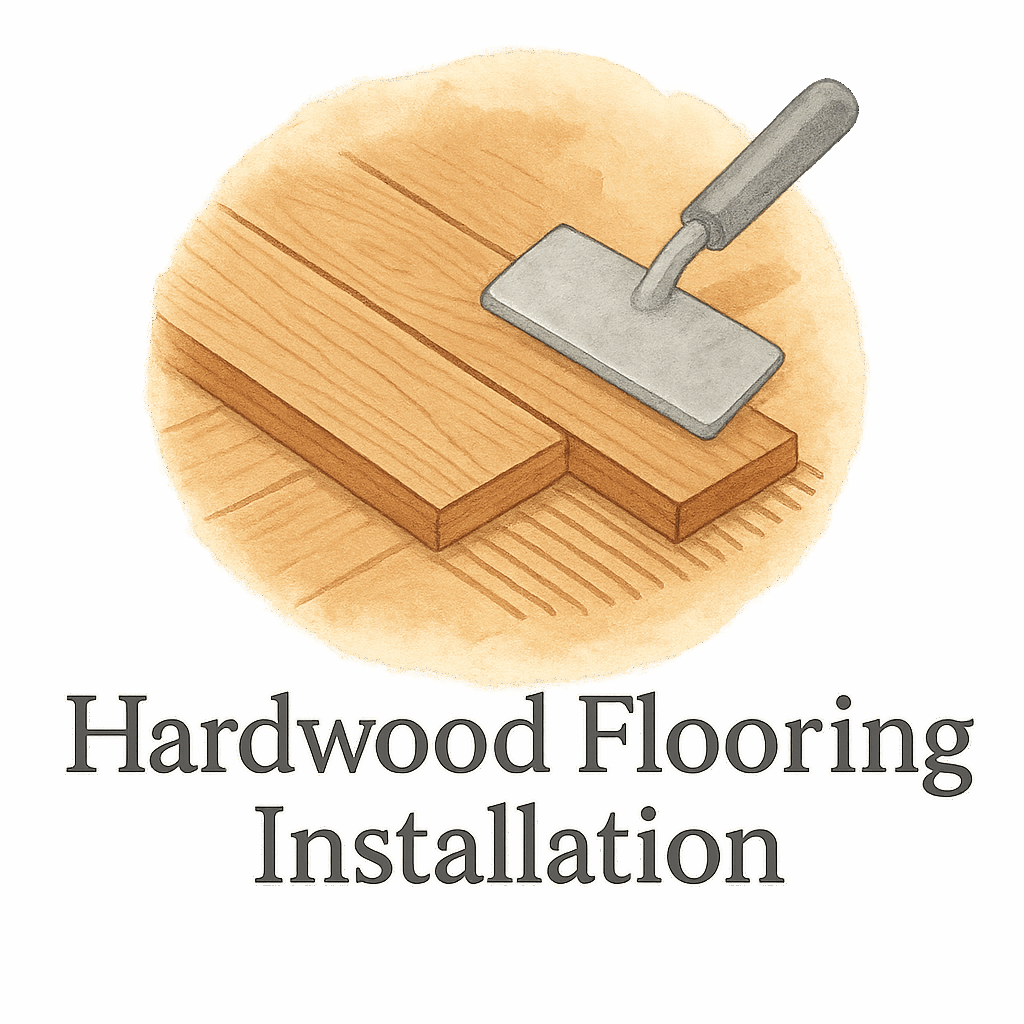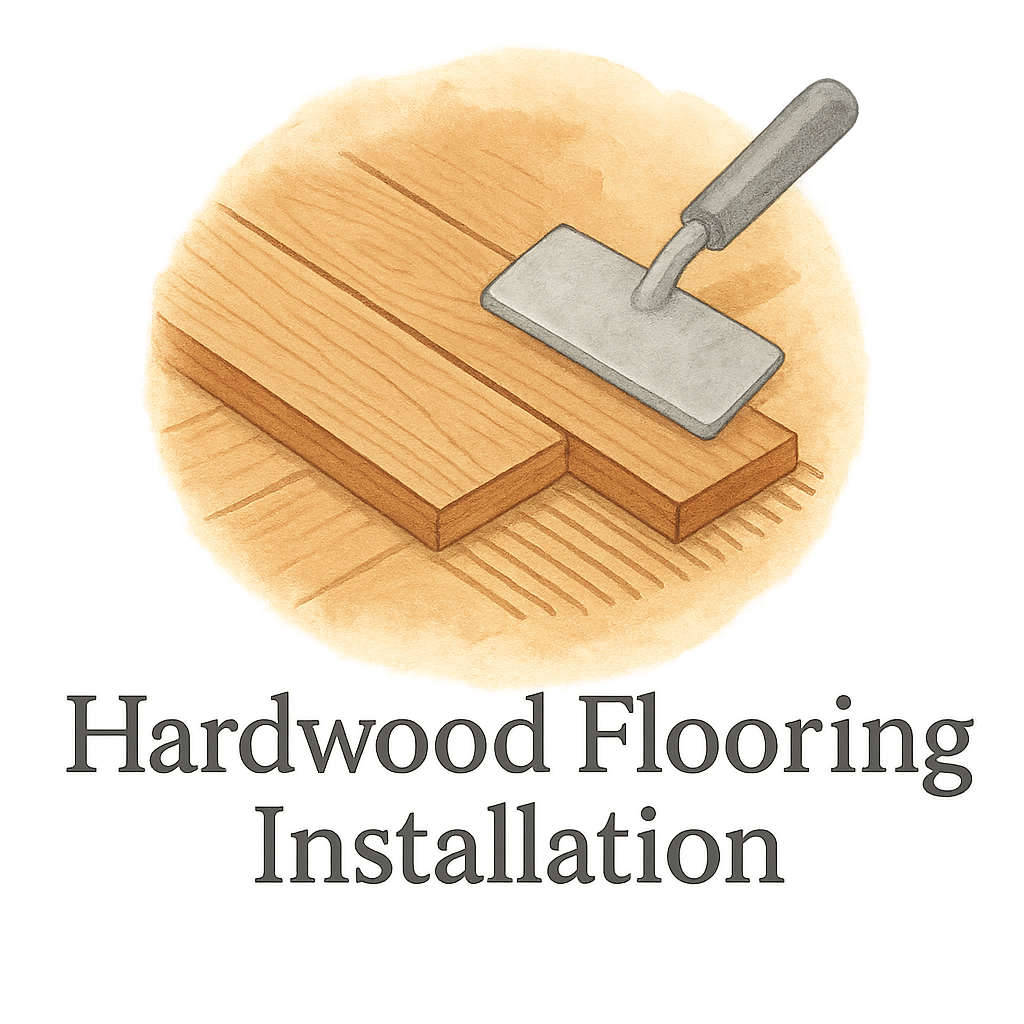Introduction
Let’s be real—jumping into a DIY flooring project can feel like learning a new language. You’re reading instructions and suddenly hit a wall of unfamiliar words like “underlayment,” “expansion gap,” and “wear layer.” Sound familiar? Don’t worry—you’re not alone.
This guide is your go-to cheat sheet. We’re breaking down 11 flooring terms every DIY installer should know. Whether you’re installing hardwood, vinyl, or laminate, understanding these terms will make your project smoother and help you avoid costly mistakes. Plus, we’ll sprinkle in some insider tips and must-know flooring resources you can refer to later.
Let’s dive in!
1. Subfloor
Why Subfloor Matters
Think of the subfloor as the skeleton of your flooring project. It’s the foundation layer that sits beneath your chosen flooring material. Common types include concrete and plywood.
Why should you care? Because an uneven or damaged subfloor can mess up your entire installation. Creaking, sagging, and buckling often start here.
Before you even touch that first plank, check out this flooring preparation guide to ensure your subfloor is solid.
2. Underlayment
The Cushion Between Surfaces
Underlayment is that unsung hero between your subfloor and final flooring. It adds cushioning, reduces sound, and sometimes serves as a moisture barrier.
From foam to cork, there are different types depending on your flooring material. If you’re going for laminate or vinyl plank, this layer is essential for a comfy and long-lasting finish.
Check this out: flooring tools and materials for what underlayment works best for your setup.
3. Expansion Gap
Why Space Is Essential
Ever wonder why flooring instructions tell you to leave a little space near the wall? That’s your expansion gap. Wood and laminate expand and contract with humidity changes, and this tiny gap prevents warping or buckling.
Fail to leave one, and your floors might start doing the wave—not in a good way.
Need help planning your layout? Visit our DIY flooring installation tips for smart hacks.

4. Floating Floor
No Nails, No Glue—Just Click
A floating floor system is genius. It doesn’t need to be nailed or glued down. Instead, it “floats” over the subfloor, often connected through tongue-and-groove edges.
Ideal for quick installs and rentals, floating floors are compatible with laminate, luxury vinyl, and engineered wood.
See which floors work best with this method in our installation guide.
5. Tongue and Groove
Snap It In Place
Tongue and groove refers to how flooring planks interlock. One side has a protruding “tongue” that fits snugly into a “groove” on the adjacent plank.
It’s what makes floating floors possible, and a good fit ensures a seamless, secure installation.
Check out our best layout strategies here.
6. Acclimation
Let the Flooring Breathe
Before installing, let your flooring acclimate—basically, allow it to adjust to the room’s temperature and humidity. This can take 48 to 72 hours.
Skipping this step is a top DIY mistake and often leads to expansion issues.
7. Moisture Barrier
Shielding Against Damage
If you’re installing on concrete or in damp areas like basements, a moisture barrier is a must. It prevents water from seeping into your flooring and causing swelling, mold, or worse.
Laminate and hardwood are particularly sensitive. Learn how to prep your surface properly using our flooring prep checklist.
8. Transition Strip
Seamless Flooring Flow
Transition strips bridge the gap between two different types of flooring or room elevations. Think tile-to-laminate or carpet-to-wood.
They’re both functional and decorative, and they help prevent trips and falls. You’ll find them in multiple styles—T-molding, reducers, and end caps.
Check out this post for more about flooring accessories you shouldn’t skip.
9. Finish (Matte, Glossy, Satin)
Aesthetic and Protection Combined
The finish of your flooring not only changes its appearance but adds protection. Matte gives a rustic, low-sheen look. Glossy is high-shine and more formal. Satin is that happy medium.
Each has its pros and cons depending on traffic levels and personal style. Dive into the best finishes for high-traffic areas here.
10. Jamb Saw
The Pro’s Trimming Tool
This handy tool lets you trim the bottoms of door casings so you can slide flooring underneath for a polished look. A jamb saw is especially useful for laminate and hardwood installations.
It’s a small investment but makes a huge difference in professionalism.
Not sure if you need one? Get the full list of tools you’ll need for your DIY job.
11. Wear Layer
What Protects the Floor
The wear layer is the clear top layer on vinyl or laminate flooring. It protects against scratches, stains, and wear and tear.
The thicker it is, the more durable the floor. For homes with pets or kids, don’t skimp here.
See comparisons of different materials and their wear layers in this flooring durability guide.
Final Thoughts
Now that you’ve unlocked the lingo, your DIY flooring adventure should feel a lot less overwhelming. Understanding these 11 terms will boost your confidence, improve your results, and help you sidestep rookie mistakes.
Whether you’re fixing up your first place or just want to try your hand at a new project, bookmark this page. And don’t forget to visit our main hub for more flooring cost and time estimates, maintenance tips, and more.
Happy flooring!
FAQs
1. What is the most important flooring term for beginners?
Understanding “subfloor” is crucial—it’s the base of your entire project.
2. Can I skip the underlayment?
Not recommended. It cushions, reduces noise, and can serve as a moisture barrier.
3. What happens if I don’t leave an expansion gap?
Your floor might warp or buckle as it expands in humidity.
4. Do I need a moisture barrier with vinyl plank?
Usually yes, especially over concrete or in basements. See the prep guide for details.
5. Is a floating floor less durable?
Not at all. When properly installed, it can be just as durable as glued-down options.
6. How do I know if a floor has a strong wear layer?
Check the product specs—look for 12 mils or higher for residential use.
7. Where can I learn more about flooring DIY?
Visit our DIY flooring installation section and browse tips, tools, and real-world advice.


